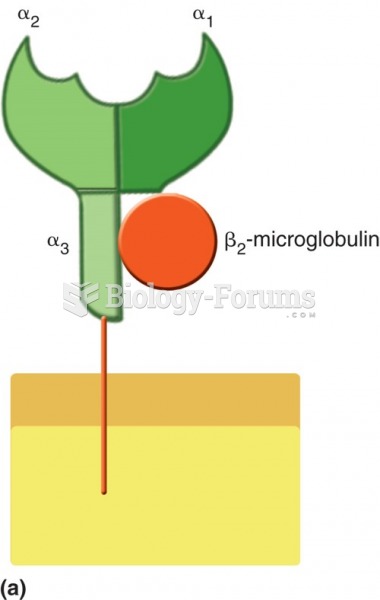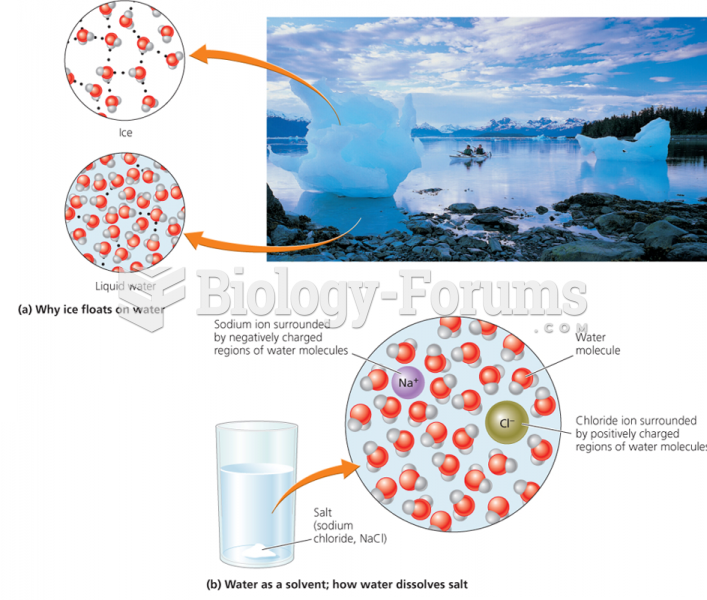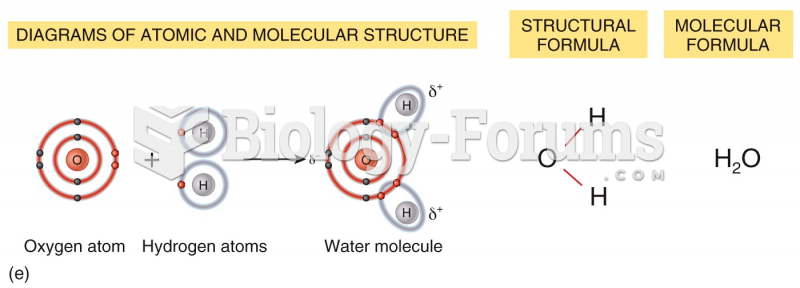Indicate which proton is most acidic in the following molecule
 Question 2
Question 2Draw the structure of acetamide and draw a resonance structure.
Question 3Draw the structure of 3-chloro-2-methyl-4-heptanethiol
Question 4Draw the structure of ethylpropylsulfide.
Question 5Provide the IUPAC name of the following compound
 Question 6
Question 6Provide the IUPAC name of the following compound
 Question 7
Question 7Provide the IUPAC name of the following compound
 Question 8
Question 8Provide the IUPAC name of the following compound.
 Question 9
Question 9Provide the IUPAC name of the following compound.
 Question 10
Question 10Provide the IUPAC name of the following compound
 Question 11
Question 11Provide the IUPAC name of the following compound.
 Question 12
Question 12Provide the IUPAC name of the following compound
 Question 13
Question 13Provide the IUPAC name of the following compound.
 Question 14
Question 14Provide the IUPAC name of the following compound
 Question 15
Question 15Draw the structure of diethylmethyl phosphine.
Question 16Draw the structure of 3-chloro-2-methylpentanesulfonamide.
Question 17Draw the structure of 2-methylbutanesulfonyl chloride
Question 18Draw the structure of propanesulfonic acid
Question 19Draw the structure of dicyclohexylsulfide
.
Question 20What is the name of the following compound?

a. N-cyclopropyl-N-(3,3-dimethylbutyl)aniline
b. Benzyl cyclopropyl neohexyl amine
c. N-cyclopropyl-N-(2,2-dimethylbutyl)aminobenzene
d. 4-(Cyclopropylphenylam ine)-2,2-dimethylbutane
e. N-cyclopropyl-N-t-butylaniline
Question 21What is the name of the following compound?

a. Methyl phenyl ketone
b. Acetophenone
c. Benzophenone
d. Both a and b
e. a, b, and c are all correct
Question 22What is the name of the following compound?

a. Iso-butyl propyl ketone
b. Sec-butyl propyl ketone
c. Sec-butyl butyl ketone
d. Iso-butyl butyl ketone
e. Butyl propyl ketone
Question 23Which structure corresponds to diiso-butyl ketone?








